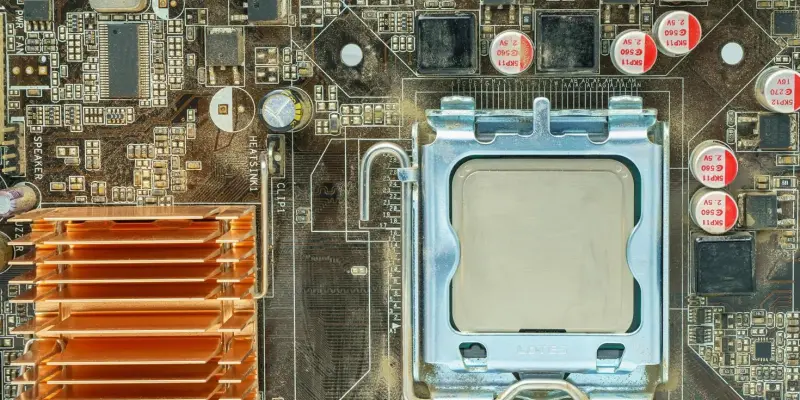Intel’s Struggles with Recent Releases
Intel’s efforts to mitigate the performance issues of its Arrow Lake lineup included updates and new microcode, but these measures largely fell short of consumer expectations. This was exacerbated by instability problems with the Raptor Lake Refresh lineup, causing many CPUs to require RMA servicing. The additional strain on customer service created further dissatisfaction among consumers, fostering a sense of panic and driving them to consider alternatives. Consequently, Intel’s market share witnessed a sharp decline in a region that had previously been a stronghold. Such setbacks have posed significant challenges for Intel as it attempts to regain its stature in the competitive Chinese market. The ramifications of these issues have extended beyond immediate performance concerns. Intel’s reputation has been significantly tarnished, making it harder to win back consumer trust. In contrast, AMD has leveraged this situation to its advantage, offering products that met and often exceeded consumer expectations. This strategic positioning has allowed AMD to capture a substantial portion of the market, with its Ryzen 9000 series and newer X3D processors leading the charge. By delivering on performance and reliability, AMD has shifted consumer preferences in its favor, capturing a 50% market share during the first quarter.
AMD’s Ascendancy in the Market
AMD’s rise in the Chinese CPU market can be attributed to several key factors. The first is the company’s commitment to innovation. AMD’s Zen 5 architecture, represented by the Ryzen 9000 series and the advanced X3D processors, has been well-received for its superior performance and efficiency. This has provided a stark contrast to Intel’s recent offerings, which have struggled to meet similar benchmarks. AMD’s ability to deliver high-performance processors at competitive prices has resonated strongly with Chinese consumers and businesses alike.
In addition to performance, AMD has also benefited from greater stability and fewer incidences of technical issues. Consumers have shown a marked preference for AMD CPUs due to their reliability and lower likelihood of requiring servicing or returns. This has built a strong foundation of trust that AMD is likely to sustain going forward. The shift in consumer sentiment has been profound, indicating a long-term trend rather than a fleeting reaction to Intel’s missteps. AMD’s strategic focus on addressing market needs with cutting-edge technology and dependable products has positioned it for continued growth. As AMD continues to refine its technology and expand its product range, it is well-positioned to capitalize on Intel’s challenges. The current trajectory suggests that unless Intel can significantly improve its offerings and regain consumer trust, AMD will continue to solidify its presence. This dynamic has broader implications for the overall CPU market in China, as businesses and consumers increasingly turn to AMD for reliable and performance-driven solutions. The ongoing shift in market dynamics underscores the importance of consistent innovation and customer satisfaction in maintaining competitive advantage.
Future Implications for the CPU Market
In the fast-changing landscape of China’s CPU market, AMD has surfaced as a strong competitor, challenging Intel’s longstanding supremacy. This shift is largely due to a combination of Intel’s recent blunders and AMD’s innovative advancements. Intel’s latest CPU generation, the “Core Ultra 200S” Arrow Lake series, did not live up to performance expectations, leading to poor reviews and a noticeable drop in consumer confidence. While Intel grappled with these issues, AMD seized the moment to introduce its new Zen 5 CPUs, which boast impressive performance specifications. AMD’s strategic timing and technological advancements have enabled it to capture market share in a region where Intel once reigned supreme. Moreover, AMD’s focus on both high performance and cost-efficiency has resonated well with consumers, further enhancing its position. As a result, AMD’s presence in China’s CPU market continues to grow, signaling a notable shift in the competitive dynamics that could reshape the industry landscape in the coming years.

